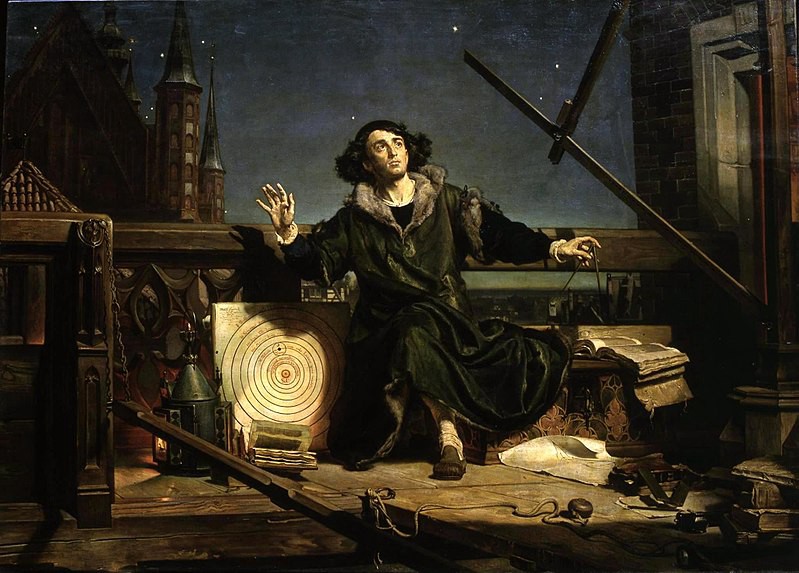We should say in advance that before starting any educational learning activity with his students, he needs:
1. Very good knowledge of the scientific subject.
This knowledge is not only attached to the textbooks, but the teacher must have an in-depth knowledge of the subject in order to be able to visualize it in pictures. (We should not only know the characteristics of the motion of the planets of our solar system but we should also be able to produce images of this perpetual-motion).
2. Imagination and inspiration. Good knowledge of the scientific subject will result in the intervention of art in the course process. (If we have a picture of the movement of the planets, then we can probably imagine and inspire a dance in the classroom. The planets swirl around the sun and around themselves as in tango or waltz).
3. Broadened horizons and interest in fields, such as the arts, beyond the specialized subject he teaches.
4. Concentration on the scientific object we want to teach.
The involvement of art in the learning process has some risks. One of them is that the richness and freedom that art offers (whether it is a theatrical action, or a role-play, or our starting point is a painting or a movie scene) can make us draw away from our goal that it is the lesson and its knowledge. We should, also, focus on collaboration and the development of critical thinking in children and not on endless discussions on art issues. We must not forget that we are in school, and therefore art should serve the process of knowledge, learning, and education.
5. Precise design of the course structure. The phases and stages that it will go through, from the artistic starting point to the scientific conclusions required by the STEM course.
It is very important, for the course structure, to be very well designed so that the aforementioned situation of drawing away from our educational goals does not occur.
6. Gathering the materials we need for the lesson. These materials can be supervisory material on video, slides or even on paper and can be found in books and mainly from the internet. The material we need must cover both the scientific and the artistic parts of the course. A painting, music, the scene of a movie, should be available in the course along with the materials we will need for its scientific part.
In the case studies mentioned in the corresponding section of the site stemproject.eu there is, for example, one that concerns the strength of materials and specializes in cement and large structures (stemproject.eu -> Case studies -> Engineering -> Caramel bridge). In this case study, we use sugar to make candy, a simple gas stove, etc. These materials must be available in the lesson for the STEAM process to evolve.
We recognize in advance that each class/group of students is different and has its own characteristics. Thus, we declare that, in terms of performance, all of the following depending on the level of the class, the degree of interest shown by the students, and the teamwork/collaboration that has been cultivated and exists between students and between students and teachers.
This means that these factors are always taken into account by the teacher and are adjusted accordingly in each case.
Therefore, the methodology we propose can undergo changes and adjustments that will be implemented by the teacher and that are consistent with the profile of his class.


